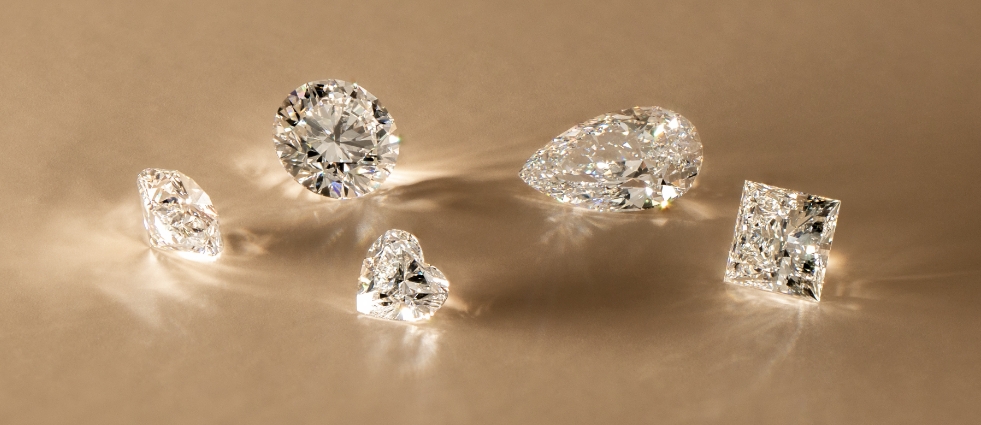The history of diamond cut grading
To provide context to the confusing mess that is Cut grading, we need a brief history lesson. The Cut grading was introduced long ago, several decades in fact, by GIA and other labs when the technology at their disposal was limited and primarily analogue. So to a diamond grader's eye, a diamond that looked very good had a very good cut. However, with the massive advancement in technology, particularly in the fields of computation and optics, creating an Ideal Cut, or at the least, Excellent Cut, is now pretty much guaranteed.
Although we just said that it's a given that a diamond cut with modern technique and tools will pretty much always turn up an Ideal Cut or, at the least, an Excellent Cut, it is limited to only lab grown diamonds. Despite the advances in technology, polishing mined diamonds fail to provide high-quality cuts consistently. There is a simple and practical reason for this discrepancy, and its to do with how mined and lab grown diamonds are respectively created.
Lab grown diamonds are, as the name suggests, grown very carefully in the lab under strict observation from highly trained scientists and engineers with state-of-the-art equipment. Therefore, every parameter that influences the diamond creation process is tightly tuned to ensure maximum quality and growth. In the case of lab created diamonds, master polishers always have a large enough rough stone to work with, resulting in beautifully proportioned cuts, Ideal and Excellent Cuts, nearly all the time.
The same cannot be said for mined diamonds. Due to the chaotic method of their creation in the earth's crust and mantle, where pressure and temperature vary wildly, mined diamonds come in literally all shapes and sizes. So naturally, polishers are limited from the get-go to what they can squeeze out of the rough stone. From the early days of diamond grading, the priority has always been getting the maximum carats out of rough stone, with the cut quality being an afterthought. Nowadays, even with a machine automatically calculating the maximum yield out of rough stone, the Cut is still an afterthought as carat size is what drives the prices up. Although things have improved with the adoption of modern technology, the resulting cuts of mined diamonds are still all over the place, from Ideal Cuts to the common, not so good, Good Cuts.
Whys is the diamond cut so important?
In short, the quality of the cut is what gives the diamond its sparkle and brilliance; and what truly makes a diamond a diamond. You should, as a discerning and well-informed customer, should always choose Ideal cut, or at the least, Excellent Cut, no matter the carat size you are after. Choosing anything less than Excellent will land you a lifeless looking diamond without the signature sparkle diamonds are known for.
Why would the cut grading have such an impact on the way a diamond shines? It has all to do with light and its interaction with the diamond crystal. When light rays enter a diamond, it can either pass through, like it would in a glass, or it can bounce around in it before leaving from the top. The bouncing of light from the facets gives the diamond its signature sparkle: the more light bounces, the better and greater the resulting brilliance. In the case of lower Cut grades, the facets are not synchronised or angled suboptimally, resulting in the light escaping from the sides and not getting bounced back out from the top as it should. This leakage of light steals the lustre from the diamond, making it significantly less lively. The maximum sparkle is reached when the facets are angled just right, making the diamond come alive with a dizzying display of colours- thus receiving the Ideal Cut grade from professional graders.








